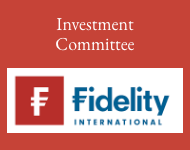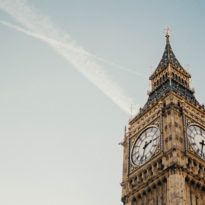While investors’ need for income is not going away, it’s becoming harder to find stable and predictable sources of income. Companies are cutting dividends in order to survive and government bonds are no longer the diversifier they once were. Andrew McCaffery, global chief investment officer, Fidelity International, discusses the income conundrum investors face today:
Equity and fixed income markets may have begun healing from their March panic, but they continue to face headwinds.
Equity markets are currently looking through the shorter-term disruption to a potential recovery in 2021, following an unprecedented monetary and fiscal response. But as parlous macro data continues to emerge over the coming weeks and months, we expect markets to reassess the scale of the economic damage.
Much depends on how long it takes to end lockdowns, lift restrictions and restore confidence. For economies to emerge fully from this crisis, businesses need to believe they can operate without the threat of further infection waves and new lockdowns. Caution is extremely sensible, given the levels to which markets have recovered.
Equity valuations are also likely to come under pressure as more companies reduce dividends and suspend share buybacks. While this may be a temporary phenomenon, it could take a number of years for share income to return to pre-crisis levels – especially where companies have received state support with conditions attached or corporate debt levels have increased dramatically.
Parts of the fixed income markets could also see income reduce. As countries borrow heavily to mitigate the impact of the crisis, fiscal deficits balloon and monetary policy remains loose, government bond yields are likely to be even lower and carry higher risk than in the past. This creates an income conundrum for investors that may have to be addressed in other ways.
Government bonds no longer offer the diversification they once did
Growth investors too will need to think about how they use government bonds. Depending on their balance sheet size and rating, sovereigns may now offer less protection for investors wishing to offset overall portfolio risk.
This raises questions as to the effectiveness of a seemingly diversified equity/bond portfolio during a period in which correlations between asset classes may not be operating ‘normally’ due to the exogenous Covid shock. For example, if over the medium to longer term inflation re-emerges, defensive and growth assets may not have the same correlation as they have historically.
For income and growth needs, finding a diversifier is a tough one. It’s now harder to build the clear offset we had from government bonds, especially with the US Treasury announcing $3 trillion of funding and if yield curve control moves to the US and western world.
In such circumstances, longer-term investors who can deal with illiquidity may wish to consider strategic alternatives that offer diversification and capital return benefits, where they have access to these. In the short term, areas such as real estate and infrastructure face challenges around income, tenant viability and counterparty risk. Longer-term, however, high quality real assets should provide both income and elements of diversification away from public markets.
For investors looking to retain liquidity, moving up the capital structure into investment grade credit remains a good option. There may also be select opportunities among high yield names as the size and nature of the central bank support evolves to support parts of this market.



































